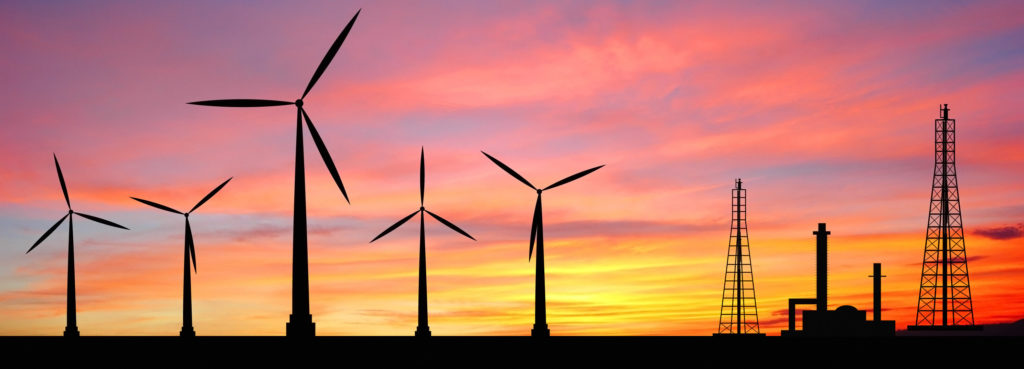
In today’s talking points: Floating wind farms marks bright future for renewable energy; Glen Innes becomes the epicentre of renewable energy in NSW; Competition in Western Australian energy market heats up; Environmental sustainability in Sichuan met through green projects.
Floating wind farms marks bright future for renewable energy
The world’s first floating wind farm has started producing electricity, a milestone that experts expect to take renewable energy production into a new era. The five turbines sited 100m above the seabed off Aberdeenshire in Scotland are generating enough power to supply 20,000 homes. Developer Statoil estimates that 80 per cent of the world’s energy from the oceans lies in deep water, in which the turbines can work at depths of 800 metres. Giles Dickson, chief executive of WindEurope, a trade group, said that floating wind farms were “ready to be rolled out on an industrial scale”.
Read more at: The Australian
Glen Innes becomes the epicentre of renewable energy in NSW
Located in the Great Dividing Range, Glen Innes gets wind from all directions and as turbines fill the skies. Hundreds of millions of dollars are being invested in wind and solar farms in this small town. “There’s going to be 14 turbines on my land generating 50.4 megawatts for the next 25 years,” a local farmer said. Under deals being struck by wind farm developers, some neighbouring landowners are offered compensation for having the turbines close to their land. Sapphire Wind Farm, which is constructing turbines on the farmer’s properties, is set to be the largest in NSW. “(the wind farm) would power 117,000 homes and the size of the turbines will go up 200 metres right to tip height,” CWP Renewables managing director Alex Hewitt said.
Read more at: ABC
Competition in Western Australian energy market heats up
Origin Energy’s entrance into the Western Australian energy market and the entrance of two other suppliers in the last five years will see energy prices become more competitive as suppliers battle to win consumers loyalty. This comes after Alinta Energy held the monopoly over the market for many years until 2013 when Kleanheat entered offering a 25 percent discount to those who switched to their service. Energy minister Ben Wyatt also indicated that allowing private electricity companies into the market would also permit more savings for consumers as they can bundle electricity and gas into one.
Read more at: The Sydney Morning Herald
Environmental sustainability in Sichuan met through green projects
Sichuan Province currently has many environmental based projects underway with the largest being the development of a Giant Panda National park in Chengdu. This park would be three times larger than the Yellowstone National Park. The Park, expected to open in 2020, will be the home to up to 1205 relocated pandas. Aside from this project, Sichuan has introduced new methods for garbage treatment, has afforested 334.7 hectares of land and currently has the number one hydro capacity power in China. These efforts have seen Sichuan become the leading province in China to establish a clean energy consumption structure.
Read more at: China Daily
